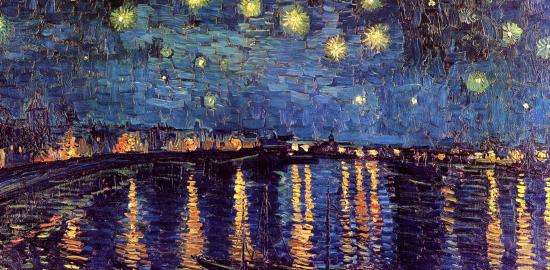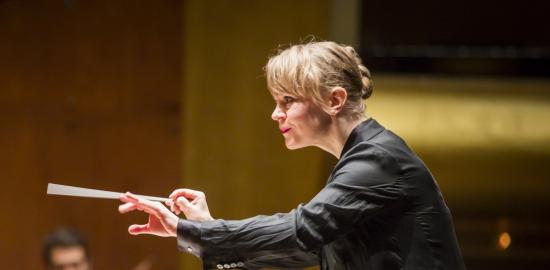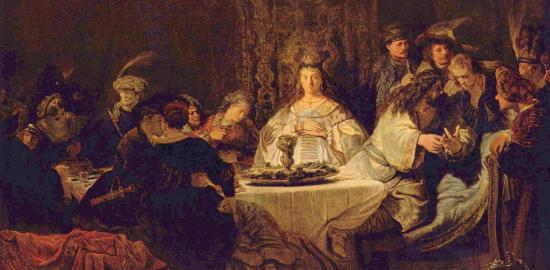
Music in a nutshell
Welcome to the first part of Learn how to listen to classical music! Music from different eras sounds different. In this part, we will look at typical features of music created in various eras with music examples and information about composers and instruments.
Musical eras
Valitse aikakausi, josta haluat tietää lisää. Suosittelemme aikakausien läpikäymistä kronologisessa järjestyksessä - näin selviää, kuinka mennyt vaikuttaa uuteen!
-
 Palestrina - O magnum mysteriumGiovanni Pierluigi da Palestrina - O magnum mysterium
Palestrina - O magnum mysteriumGiovanni Pierluigi da Palestrina - O magnum mysterium
Lumen valo, vocal ensemble.
Sigillum 2010.1400-1600Renaissance era
-
 Ludwig van Beethoven - Symphony No. 5 - 1. Allegro con brioLudwig van Beethoven: Sinfonia nro 5
Ludwig van Beethoven - Symphony No. 5 - 1. Allegro con brioLudwig van Beethoven: Sinfonia nro 5
Wiener Philharmoniker. Simon Rattle, kapellimestari.
EMI Classics 2003.1750-1820Classical era
-
 Jean Sibelius: Sinfonia nro 1Jean Sibelius: Sinfonia nro 1
Jean Sibelius: Sinfonia nro 1Jean Sibelius: Sinfonia nro 1
Helsingin kaupunginorkesteri. Leif Segerstam, kapellimestari.
Ondine 2002.1820-1910Romantic era
-
 Claude Debussy: La merClaude Debussy: La mer - Osa 2 Jeux de vagues.
Claude Debussy: La merClaude Debussy: La mer - Osa 2 Jeux de vagues.
Berliner Philharmoniker. Simon Rattle, kapellimestari.
EMI 2005.1890-1920Impressionism
-
 Arnold Schönberg: HerzgewächseArnold Schönberg: Herzgewächse op. 20 (1911)
Arnold Schönberg: HerzgewächseArnold Schönberg: Herzgewächse op. 20 (1911)
Anu Komsi, soprano. Reija Bister, harp. Emil Holmström, harmoni. Ilmo Ranta, celesta.
Alba Records 2011.1910-1930Expressionism
-
 Einojuhani Rautavaara - Angel of Light - 1. TranquilloEinojuhani Rautavaara: Sinfonia nro 7 "Angel of Light"
Einojuhani Rautavaara - Angel of Light - 1. TranquilloEinojuhani Rautavaara: Sinfonia nro 7 "Angel of Light"
Helsingin kaupunginorkesteri. Leif Segerstam, kapellimestari.
Ondine 1996.Modern era
Elements of music
One way of learning about music is to study its elements: rhythm, melody, harmony, form, tonal colour and dynamics. Explore these elements here. Later, we will take a look at how these elements appear in music from different eras in history.







